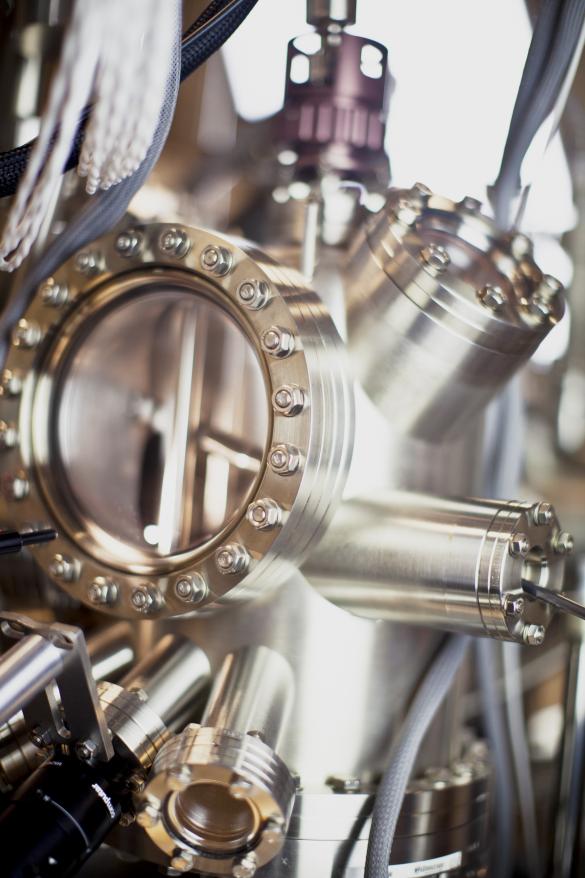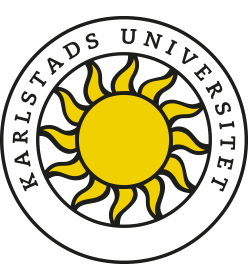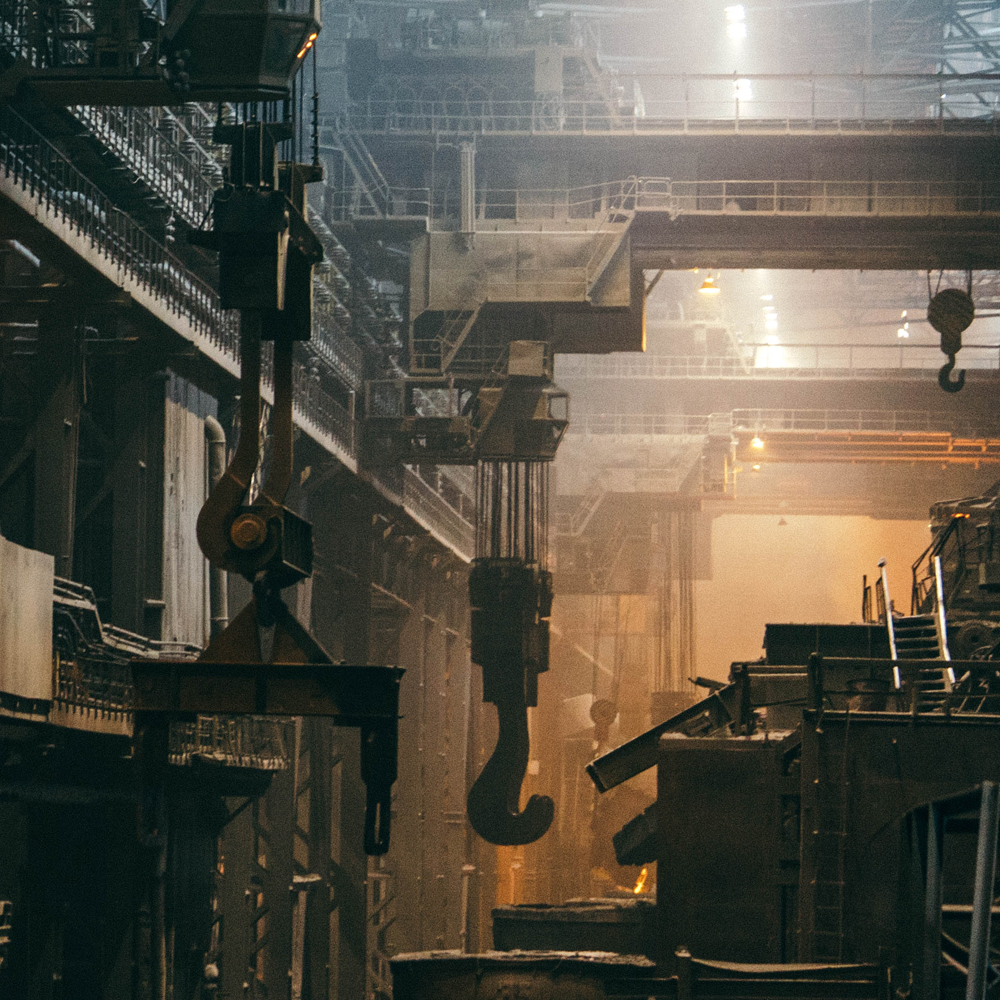News
-
2025-11-19
Can a photovoltaic system for a typical single-family house be profitable?
The answer to that question is yes. In a recently completed project, the economic benefit of a photovoltaic system has been studied, based on real data from a Swedish villa.
– The study shows that the photovoltaic system can generate economic profit, even without investing in a battery for energy storage, says Markus Rinio, Professor of Renewable Energy – Photovoltaics.
-
2025-11-14
Ellen Moons elected new Secretary General of the Royal Swedish Academy
Ellen Moons, Professor of Physics at Karlstad University, has been elected new Secretary General of the Royal Swedish Academy of Sciences. She will succeed Professor Hans Ellegren at the beginning of 2026.
– I am very happy for the trust I receive from the members of the Royal Swedish Academy of Sciences (KVA) and I look forward to the new role. Of course, it means that I will be spending much more time in Stockholm, but I will continue living in Värmland and keep some of my duties at Karlstad University part-time, says Ellen Moons.
Ellen Moons research focuses on novel materials for photovoltaic applications, including organic and polymer-based solar cells, as well as solution-processed perovskite solar cells.
-
2025-06-26
Quantum Physics Research in Collaboration with Indian Institution
Over the course of several weeks, two researchers from Bangalore, India, have visited the university as part of an ongoing collaboration funded by STINT, the Swedish Foundation for International Cooperation in Research and Higher Education.
This is a long-term collaboration, says Sergej Moroz, Associate Professor of Physics. This time, it’s a PhD student, Ankush Chaubey, and his advisor, Subhro Bhattacharjee, who are here for a couple of weeks. Our joint work includes the study of spin liquids.
-
2025-05-22
Solar cell researchers in international collaboration
International mobility enables valuable collaboration for researchers from Karlstad University and UMONS, the University of Mons in Belgium. The collaboration promotes research in materials science through exchange of knowledge on methods for studying material properties at the nanoscale.
– My visit here at Karlstad University has been enriching in many ways, says Philippe Leclere from UMONS. Since we work in the same field of research, that is, materials for organic solar cells, it is very interesting to exchange experiences. We study the material’s properties at the molecular level and how the molecules in the active layer organise themselves. This includes the material’s mechanical, chemical and electrical properties, which we study using scanning probe microscopy.
-
2025-04-07
Research for durable organic solar cells
Organic solar cells have great potential in renewable energy, however their long-term stability and operational lifespan are challenges.
Organic Solar Cells (OSCs) are at the forefront of next-generation renewable energy technologies, due to their lightweight, flexibility, transparency, and potential for low-cost production. Recent advances in the development of new molecules have propelled OSCs to record-breaking power conversion efficiencies of up to 20 percent.
-
2024-12-19
Rocket science for real
The sounding rocket SubOrbital Express-4 which was launched from the Esrange Space Center outside Kiruna contained an experiment module from Karlstad University. The module is about studying how the active layer of organic solar cells forms in microgravity.
– In this project, we were able to conduct experiments in an unmanned rocket, says Jan van Stam, professor of physical chemistry at Karlstad University. It allowed us access to microgravity for several minutes instead of about half a minute, as in previous experiments in aeroplanes. We were able to perform more advanced experiments, which will hopefully give us clearer answers to questions about the structural formation, says Jan van Stam.








